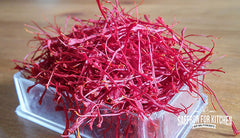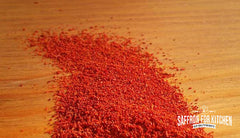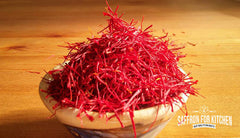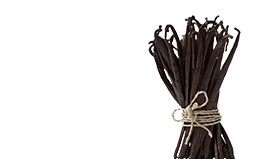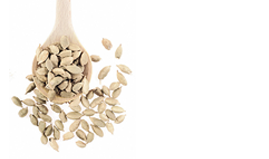Saffron Uses
Saffron Uses
- Food industry, Food and Beverages
- Medicinal & Pharmaceutical
- Stimulant of five senses
- Stimulant of sexual desire
- Refreshment of the spirit
- Remedy for menstrual disorders
- Appetite stimulant and cure for stomach discomforts
- Treatment of high blood pressure
- Pain reliever for gum diseases and toothaches
- Heart strengthened
- Beauty enhancer and skin softener
- Cooking
- Cosmetic
- Perfumes
- Flavouring
- Best Precious Gift
- Dyes
Iranian pure Persian Saffron has been used as spice and colouring agent for many centuries and has numerous medicinal properties. It is by far one of the oldest herbs ever used for medicinal purposes in the history of mankind and up to this date it is still being used in some regions of the world such as Iran and India. As an example, liquid saffron is good for nausea and does not lower the blood pressure. Europeans and American are believed to be among the first to use saffron as a spice in their cooking. Saffron is also used in many other industries such as the tobacco industry, alcohol industry, dairy industry, cosmetic industry for perfumes and facial creams, and the dye industry. In Past Cleopatra used it to give her skin a golden colour and romantic aroma. Saffron is also used in religious ceremonies. Tibetan Monks use saffron for prayer and blessing. Calligraphers have used saffron to write religious books such as the Koran.
Usually Common autumn crocus, or Colchicum autumnal, has been mistaken for its domestic counterpart, sometimes with deadly results. In addition to its wonderful taste and deep golden-hued dye, it possesses myriad healing properties. Saffron crocus is proven to help with Alzheimer´s disease, depression, skin carcinoma, weight loss, PMS, breast cancer, and a host of other health issues. Documentation has been uncovered to show the use of the spice in treating more than 90 ailments over the course of 4,000 years.
Also It is used for medicinal purposes in the history of mankind and up to this date it is still being used in some regions of the world such as India. As an example, liquid saffron is good for nausea and does not lower the blood pressure. Of the 250 times the herb Saffron is called for, approximately 200 refer to its use as a tea – more than any other tea mentioned in the readings – ranking fifth among the herbs named. Teas which appear often in the readings are Watermelon Seed, Mullein, Camomile and Ragweed in that order, but Saffron leads the list by a wide margin. Europeans are believed to be among the first to use saffron as a spice in their cooking. Saffron is also used in many other industries such as the tobacco industry, alcohol industry, dairy industry, cosmetic industry for perfumes and facial creams, and the dye industry, use as a fabric dye . With so many beneficial properties, saffron is highly sought after and prized for its valuable assets.
- Another classification:
- Modern trade
- Culinary use
- Folk medicine
- Colouring and perfumery
- Medicinal Properties:
- Reduction of bad cholesterol levels;
- Lowering coronary heart disease;
- Anti-cancer properties.
- Maintaining normal blood pressure.

